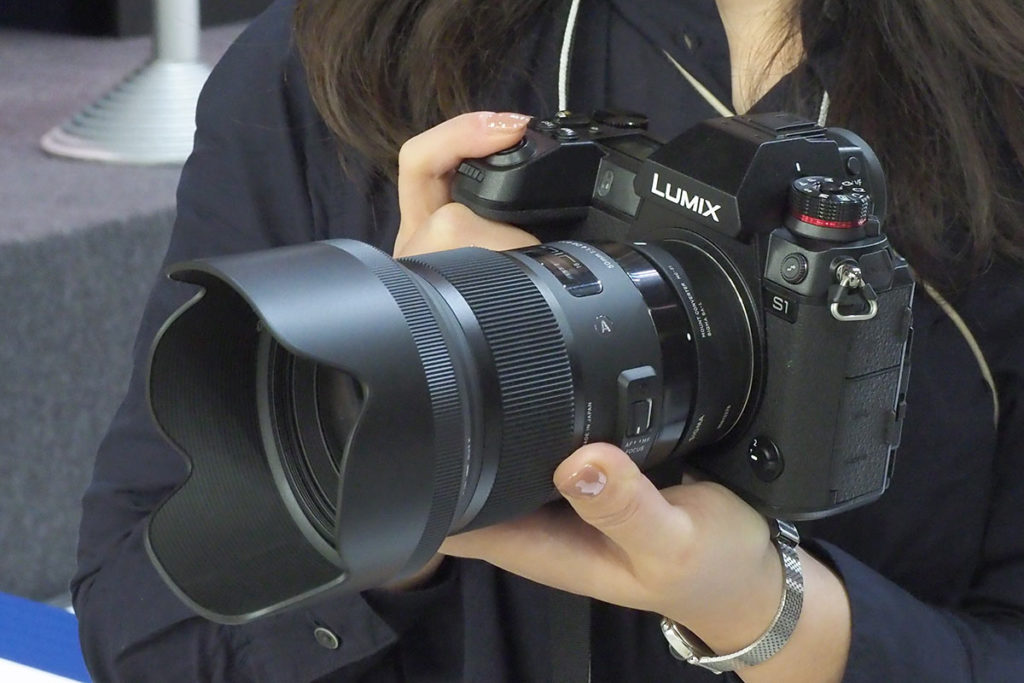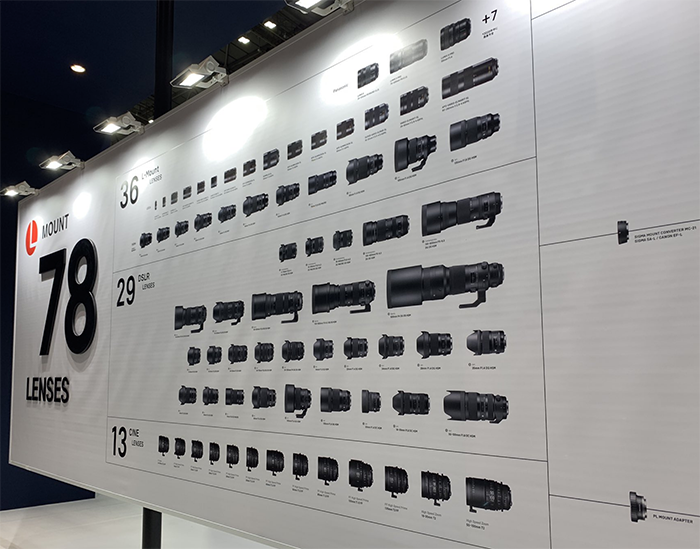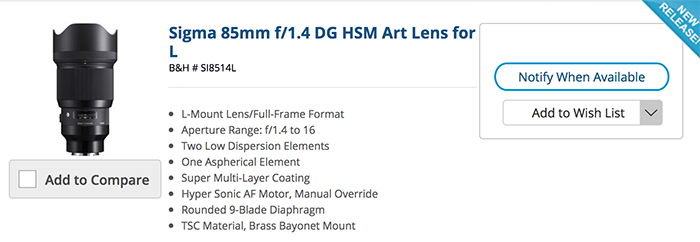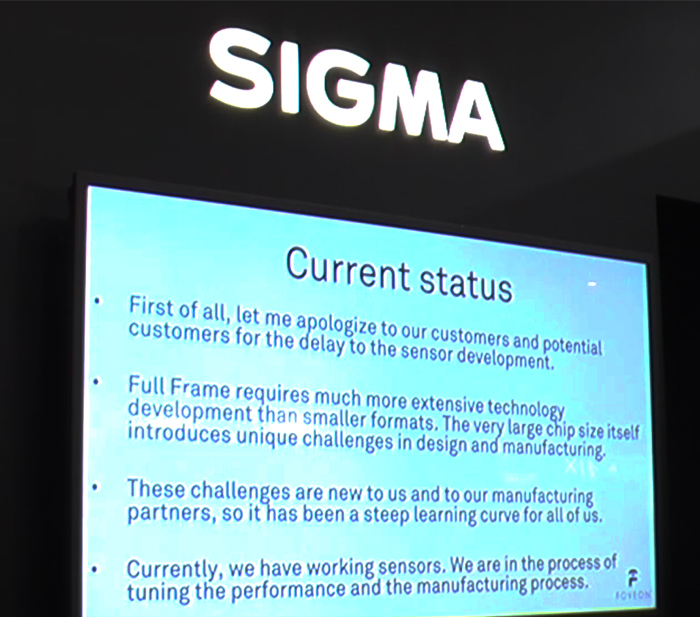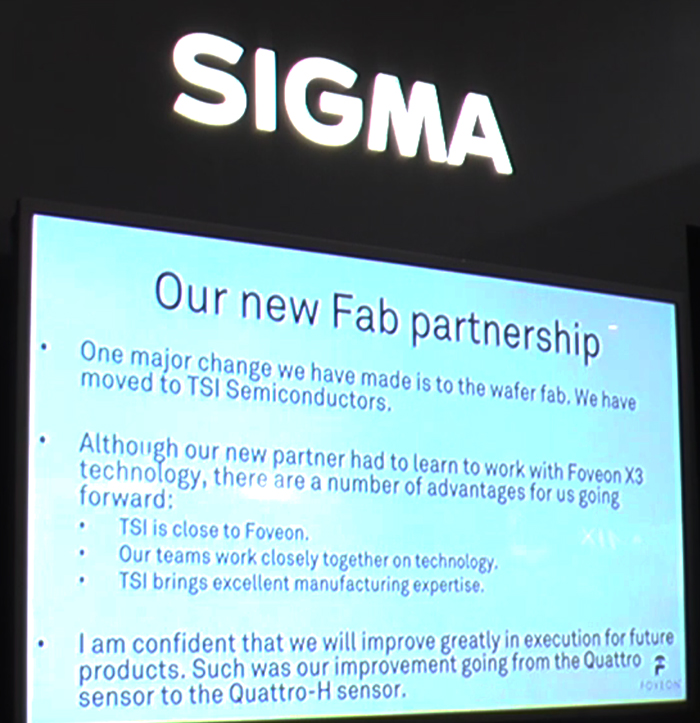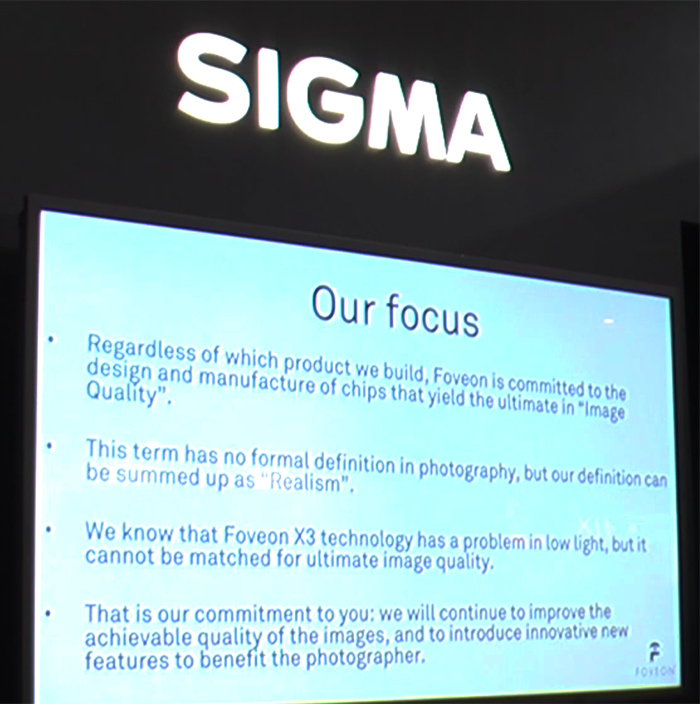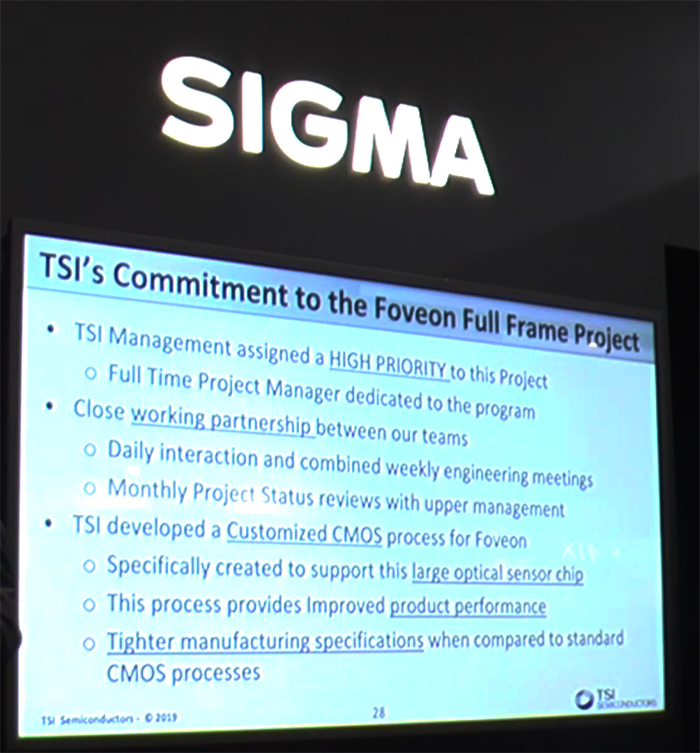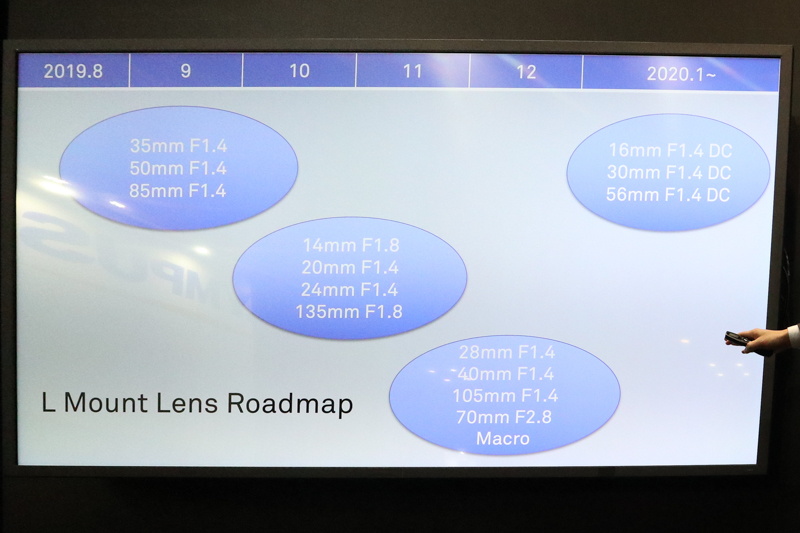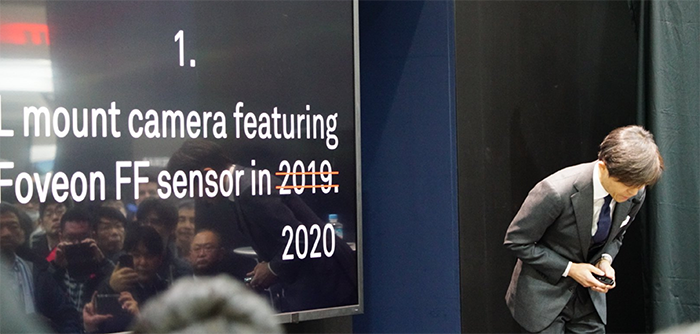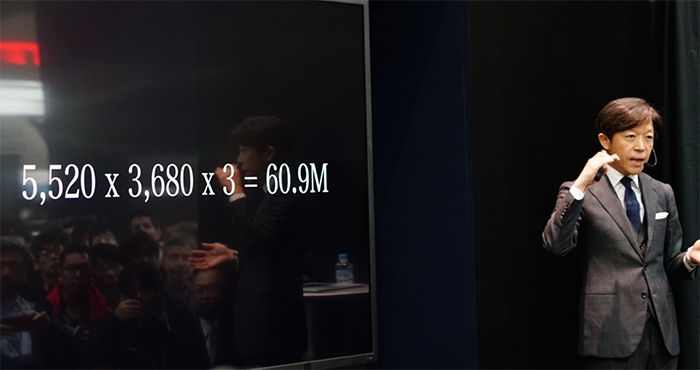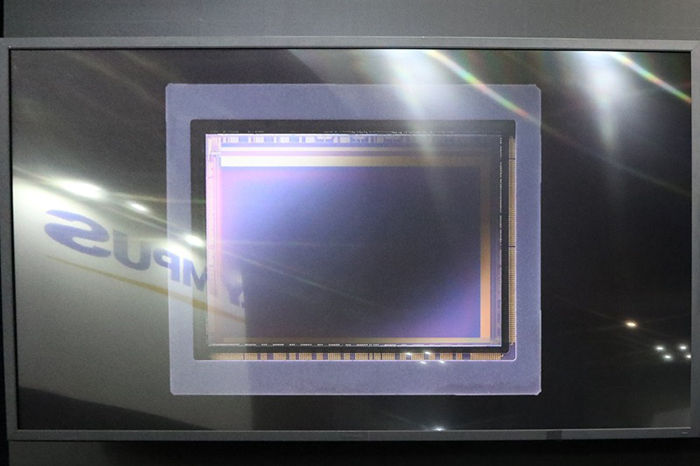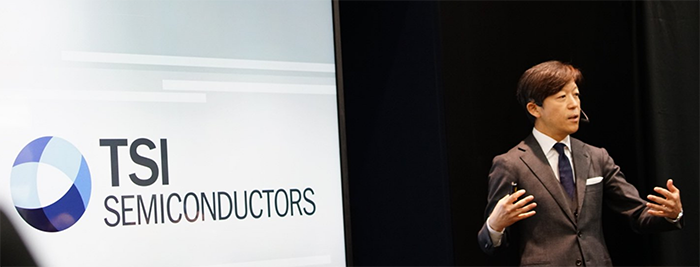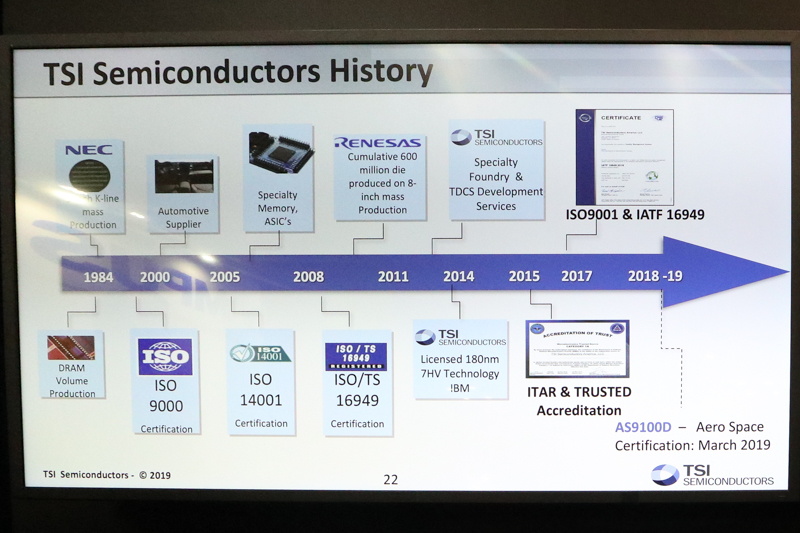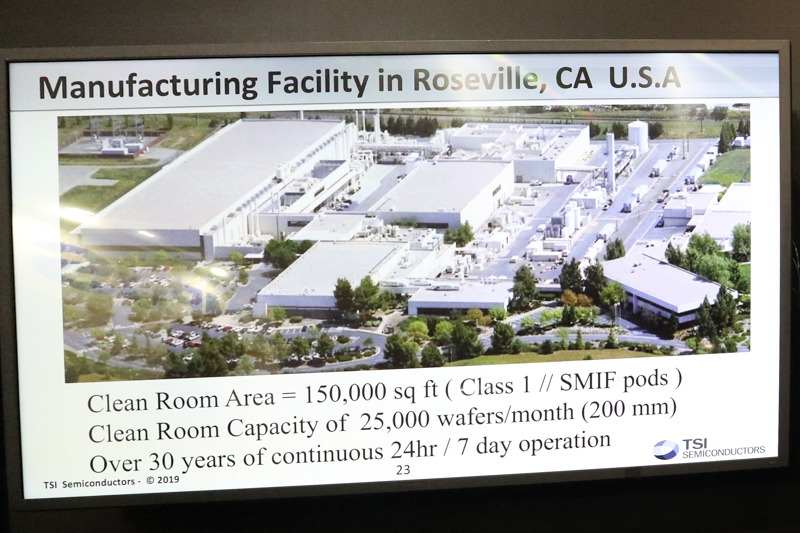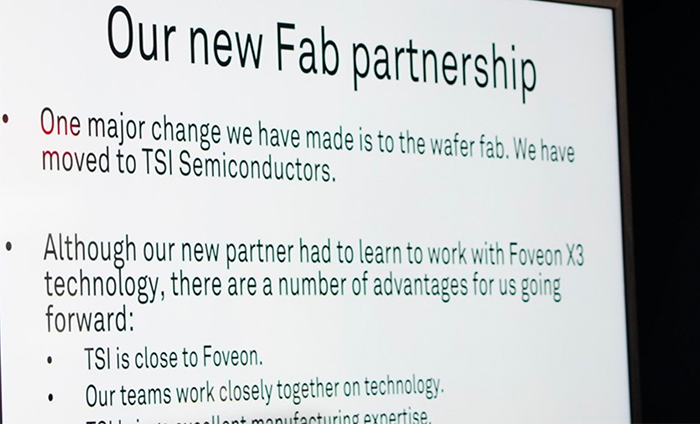New Panasonic S tested by Ted Forbes, Matt Granger, Hugh Brownstone
Here are the new reviews:
Preorders:
Panasonic S1R at Amazon, Adorama and BHphoto. In Europe at Calumet DE, ParkCameras, Jessops.
Panasonic S1 at Amazon, Adorama and BHphoto. In Europe at Calumet DE, ParkCameras, Jessops.
Panasonic 50mm f/1.4 S at Amazon, Adorama and BHphoto. In Europe at Calumet DE, ParkCameras, Jessops.
Panasonic 24-105mm f/4.0 S at Amazon, Adorama and BHphoto. In Europe at Calumet DE, ParkCameras, Jessops.
Panasonic 70-200mm f/4.0 S at Amazon, Adorama and BHphoto. In Europe at Calumet DE, ParkCameras, Jessops.

